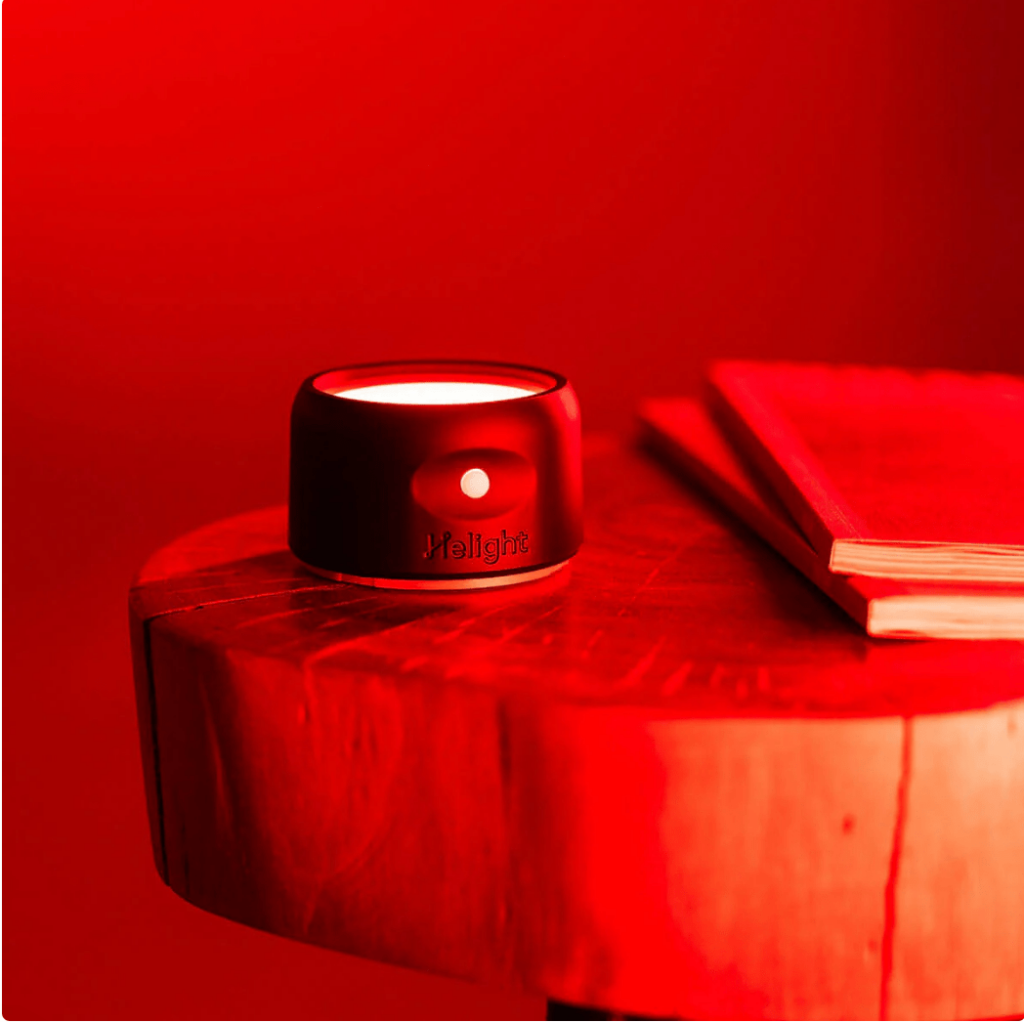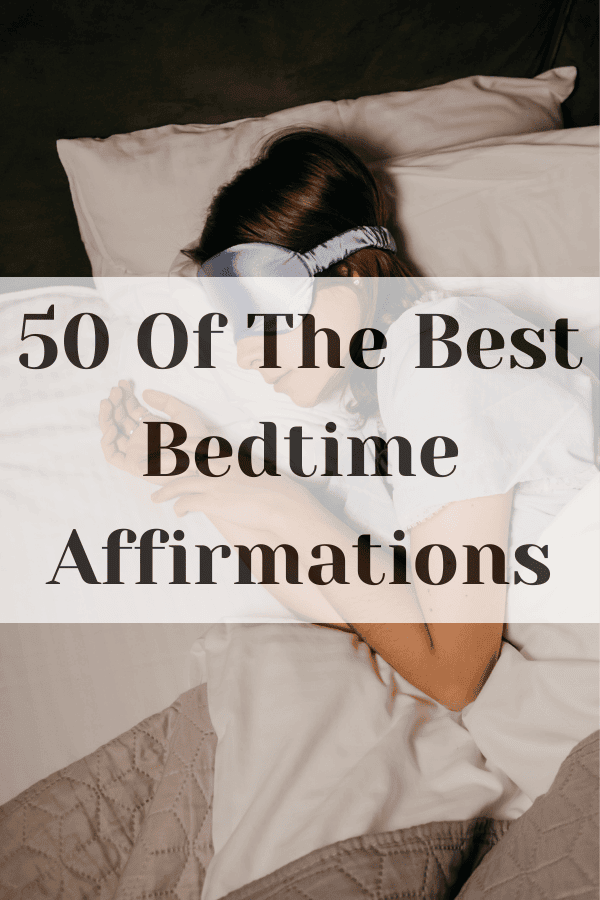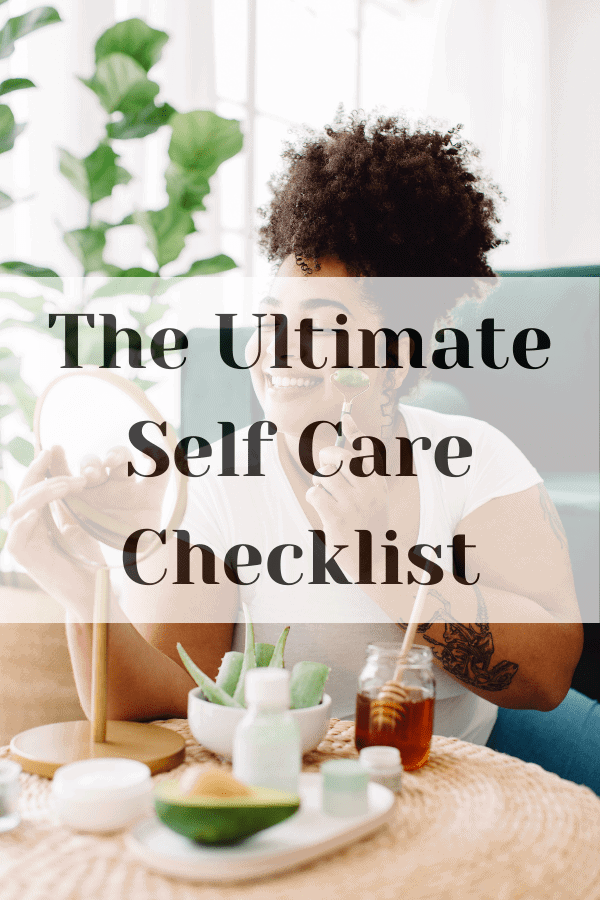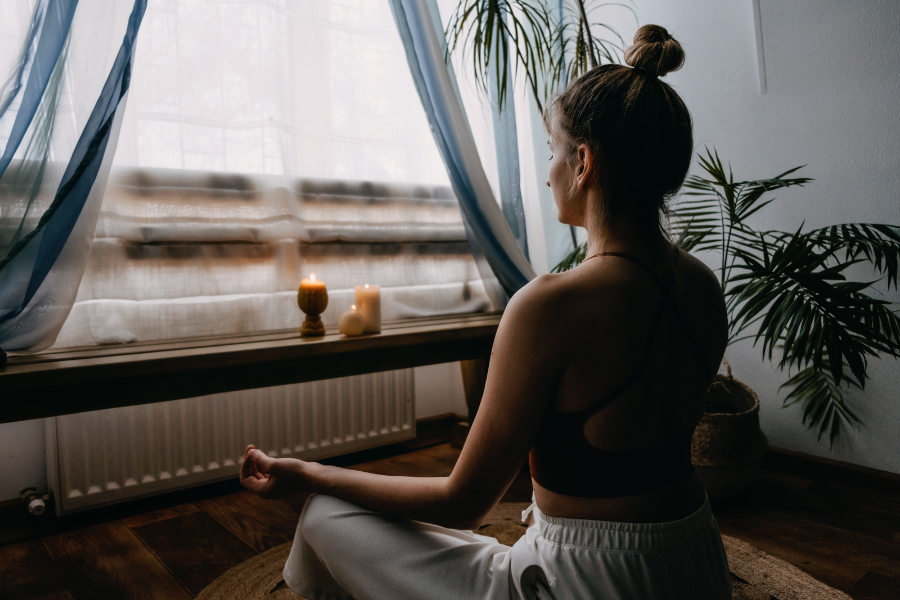The Benefits Of Red Light Therapy For Sleep
This post may contain affiliate links, which means I’ll receive a commission if you purchase through my links, at no extra cost to you. Please read full disclosure for more information.
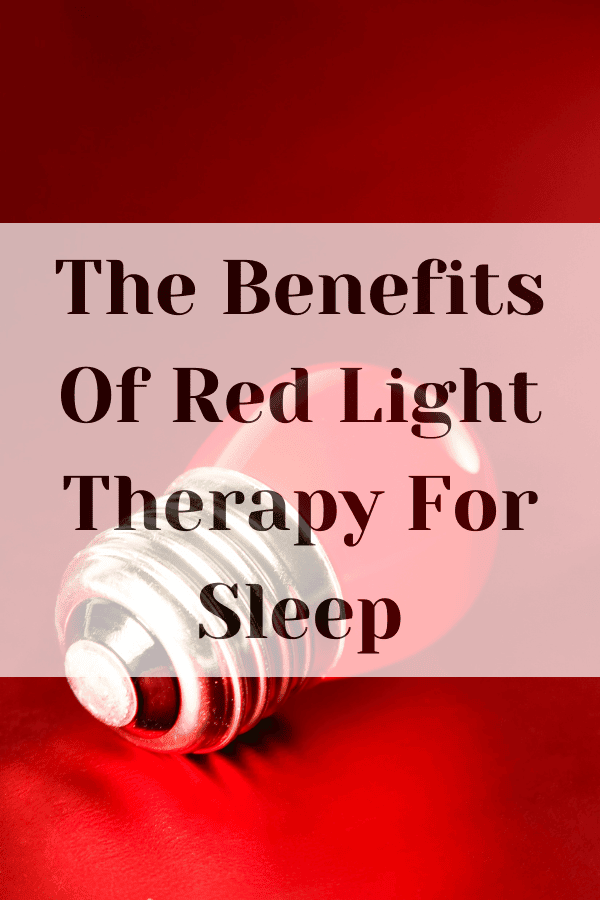
Many people know the frustration of tossing and turning at night.
The struggle to fall asleep, stay asleep, or wake up feeling rested is all too common.
Whether it’s stress, anxiety, or the impact of screens before bed, sleepless nights can take a toll on your health and well-being.
If you’ve tried everything from herbal teas to counting sheep with no success, you’re not alone.
The quest for a good night’s sleep is universal, and finding a solution can feel like an endless journey.
But what if there was a simple, natural way to improve your sleep without medication?
This innovative approach uses low-wavelength red light to help your body produce more melatonin, regulate your circadian rhythms, and ultimately achieve better sleep.
Red light therapy for sleep is gaining popularity as more people discover its potential benefits.
This blog post is about red light therapy
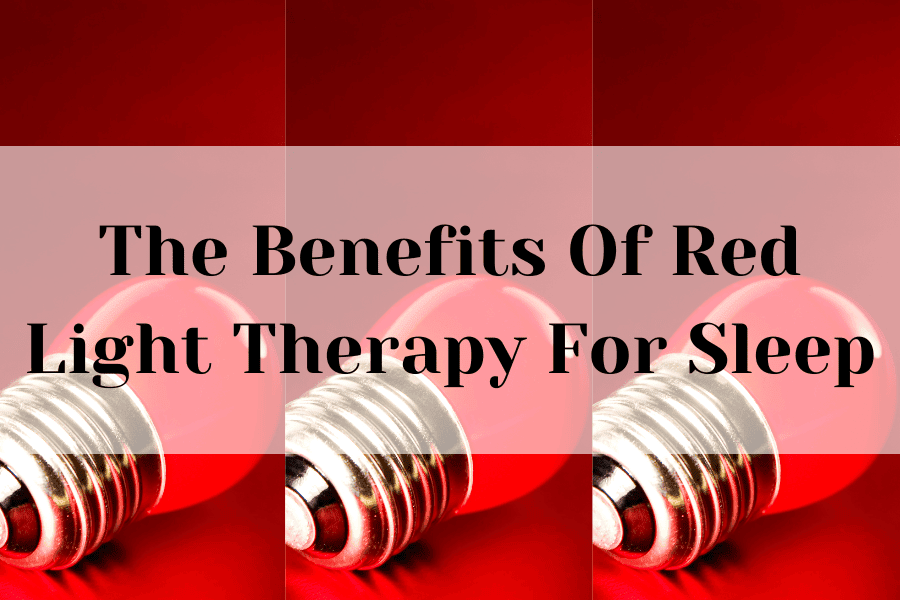
What Is Red Light Therapy
Red light therapy is a treatment that involves shining low-wavelength red light onto your skin.
This therapy is used to address various health issues, including skin conditions, pain, and sleep problems.
The light is typically delivered through specialised devices like lamps, panels, or wearables designed to emit specific wavelengths of red light.
How It Works
The way red light therapy works is quite fascinating.
The red light penetrates your skin and reaches deep into your cells.
This can increase the production of melatonin, the hormone that helps regulate your sleep-wake cycle.
By boosting melatonin levels and helping to regulate your body’s internal clock, red light therapy can make it easier for you to fall asleep and stay asleep.
Rise In Popularity
Today, red light therapy is used for a wide range of applications.
It’s popular in dermatology for improving skin health, reducing wrinkles, and treating acne.
Athletes use it to speed up muscle recovery and reduce inflammation.
Most recently, it’s gained attention as a natural method to improve sleep.
With the growing body of research supporting its benefits, red light therapy has become an accessible and versatile treatment option available for home use through various devices.
How Does Red Light Therapy Help With Sleep?
Melatonin Production
Melatonin is a hormone produced by the pineal gland in the brain.
It’s often called the “sleep hormone” because it plays a crucial role in regulating your sleep-wake cycle.
Melatonin levels naturally rise in the evening as it gets dark, signaling to your body that it’s time to wind down and prepare for sleep.
This hormone helps you fall asleep faster and enjoy a deeper, more restful sleep.
In the morning, as daylight increases, melatonin levels drop, helping you wake up and feel alert.
How Red Light Therapy Boosts Melatonin Production
Red light therapy can enhance your body’s production of melatonin.
The low-wavelength red light used in this therapy penetrates the skin and reaches deep into your cells.
This process can positively affect the pineal gland, encouraging it to produce more melatonin.
Red light therapy creates an optimal environment for melatonin synthesis, promoting better sleep.
Circadian Rhythms
Circadian rhythms are your body’s internal clock that regulates the 24-hour cycle of biological processes, including sleep.
These rhythms are influenced by external cues like light and darkness, which help synchronise your body’s functions to the environment.
A well-regulated circadian rhythm ensures that you feel awake and alert during the day and sleepy at night.
Disruptions to this natural clock, such as exposure to artificial light at night or irregular sleep schedules, can lead to sleep problems and other health issues.
How Red Light Therapy Helps Regulate the Body’s Natural Clock
Red light therapy can help maintain and restore your circadian rhythms.
The red light exposure mimics the natural light of the setting sun, which signals to your body that it’s time to start producing melatonin and prepare for sleep.
By using red light therapy in the evening, you can reinforce these natural signals, helping your body understand that it’s time to wind down.
Over time, consistent use of red light therapy can help recalibrate your circadian rhythms, making it easier to fall asleep at night and wake up feeling refreshed in the morning.
This regulation of your internal clock can lead to more consistent and improved sleep patterns, enhancing overall sleep quality.
Benefits Of Red Light Therapy
Improved Sleep Quality
Fall Asleep Faster
Red light therapy can significantly improve the speed at which you fall asleep.
Red light creates an optimal environment for your body to naturally prepare for sleep.
As a result, you can fall asleep faster and more easily without the tossing and turning that often accompanies sleepless nights.
How It Helps You Stay Asleep Longer
Not only does red light therapy help you fall asleep more quickly, but it also helps you stay asleep longer.
The red light ensures that your body remains in a restful state throughout the night.
This means fewer interruptions to your sleep cycle, leading to longer periods of deep, restorative sleep.
By maintaining a consistent sleep pattern, your body can fully benefit from the natural healing and restorative processes that occur during sleep.
Reduction of Blue Light Impact
Blue Light from Screens
In our modern world, exposure to blue light is almost unavoidable.
Blue light is emitted from screens on phones, tablets, computers, and TVs.
This type of light can be highly disruptive to your sleep.
This is why late-night screen time often leads to difficulty falling asleep and poor sleep quality.
How Red Light Mitigates the Negative Effects of Blue Light Exposure
Red light therapy offers a natural counterbalance to the negative effects of blue light.
By using red light therapy in the evening, you can mitigate the disruptive impact of blue light exposure.
Red light therapy helps to prepare your body for sleep.
Incorporating red light therapy into your nighttime routine can help offset the blue light you encounter throughout the day, leading to a more natural and restful sleep cycle.
Overall Health Benefits
Red light therapy offers several additional health benefits that can indirectly enhance your sleep quality:
Reduced Inflammation
Red light therapy has anti-inflammatory properties that can help reduce chronic inflammation.
By reducing inflammation, red light therapy can alleviate pain, making it easier for you to sleep comfortably.
Pain Relief
Chronic pain is a common cause of sleep disturbances.
Red light therapy can help manage pain by promoting healing and reducing inflammation.
Improved Mood and Stress Reduction
Exposure to red light can help balance mood and reduce stress levels.
Stress and anxiety are major contributors to sleep problems.
By promoting a sense of calm and relaxation, red light therapy can help you unwind and prepare for a good night’s sleep.
In summary, red light therapy offers a comprehensive approach to improving sleep quality.
How To Use Red Light Therapy
Lamps
Red light therapy lamps are a popular choice for home use.
These lamps emit low-wavelength red light and are designed to be placed near you while you relax.
They come in various sizes and intensities, making them versatile for different needs.
You can place a red light therapy lamp on your nightstand or a nearby table and sit or lie down in its glow for your session.
Light Panels
Light panels are larger and provide a broader area of red light exposure.
They are ideal for those who want to treat a larger portion of their body or enjoy a more immersive experience.
Wearables
Wearable red light therapy devices are designed for convenience and targeted treatment.
These include items like masks, wraps, and even clothing embedded with red light-emitting diodes (LEDs).
Wearables allow you to receive red light therapy while moving around.
They are perfect for treating specific areas, such as the face, neck, or joints, while still benefiting from the sleep-enhancing properties of red light.
Red light therapy lamps offer numerous benefits for those struggling with sleep.
It helps you fall asleep faster and stay asleep longer, whilst also assisting with a consistent sleep-wake cycle.
Additionally, red light therapy mitigates the negative effects of blue light exposure from screens, providing a natural counterbalance.
If you’ve been searching for a natural solution to improve your sleep, red light therapy is worth considering.
It’s a simple, non-invasive method that can make a significant difference in your sleep patterns.
This blog post was about red light therapy
Share this post: on Twitter on Facebook
